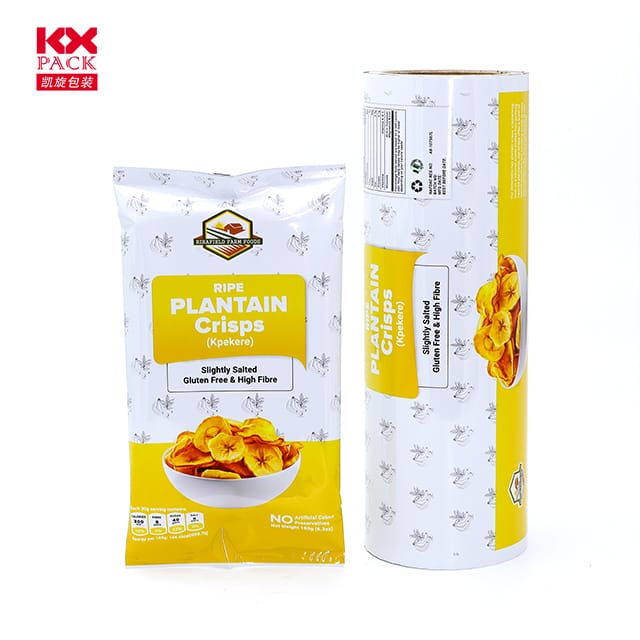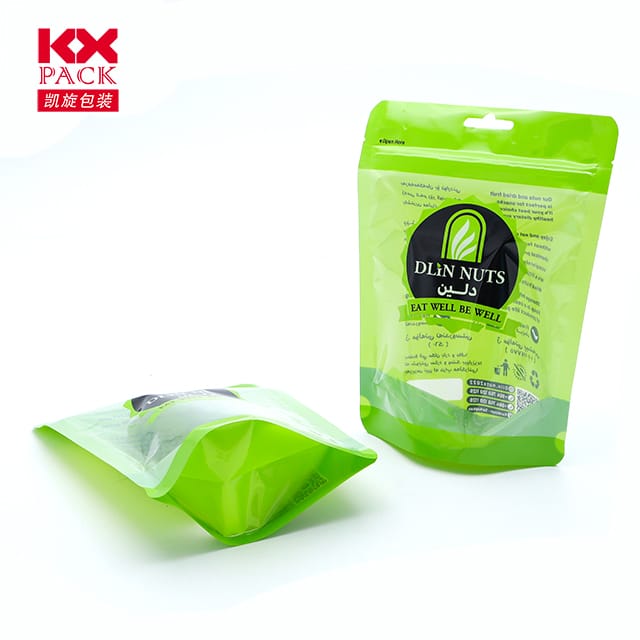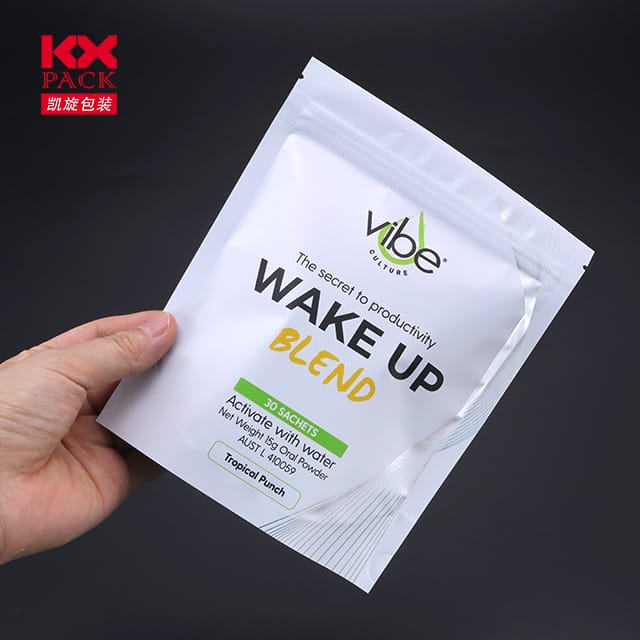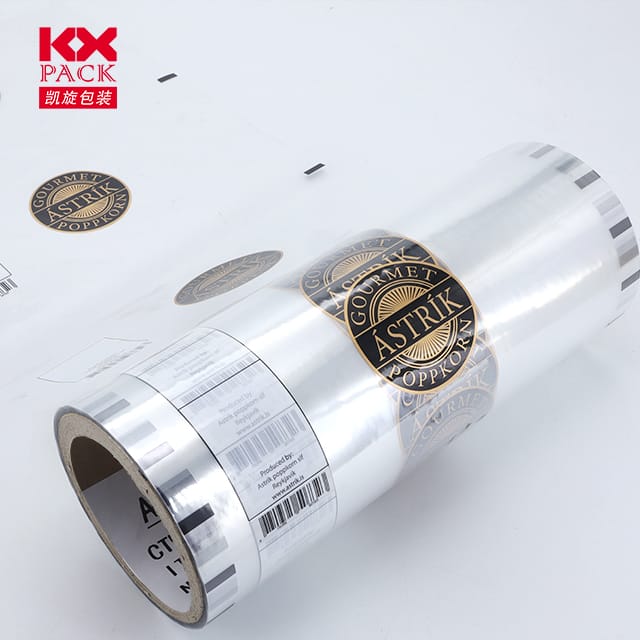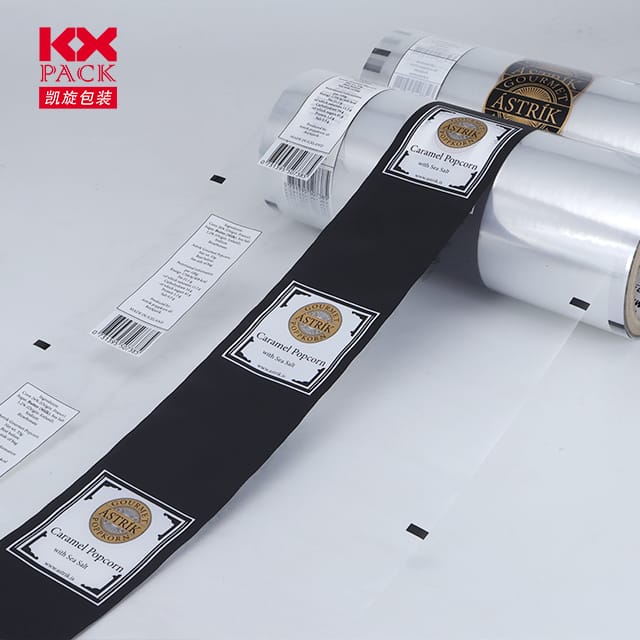라미네이션 영화의 세계 탐험: 기능에서 응용 프로그램으로 (5)
라미네이션 필름
In the realm of packaging, 인쇄, 산업 제조, lamination film stands as a cornerstone material, 보호 제공, 상승, 다양한 산업 분야에 걸친 다양성. 민감한 문서를 보호하는지 여부, 제품의 진열 매력 높이기, 또는 전기 부품 최적화, 라미네이션 필름은 중추적인 역할을 합니다.. 그 의미를 알아보자, 종류, 및 애플리케이션.
What is Lamination Film?
Lamination film is a thin, flexible material—often composed of polymers like polyester (애완 동물), 폴리 프로필렌 (PP), or PVC—used to bond layers together or coat surfaces. Its primary purpose is to protect against moisture, UV 광선, abrasion, and chemical exposure while enhancing durability, 미학, or functionality. The process involves applying heat, pressure, or adhesive to adhere the film to a substrate, creating a sealed, unified composite.
Types of Lamination Films
- 애완 동물 (폴리에틸렌 테레 프탈레이트) 영화:
- Known for their transparency, 힘, and heat resistance, PET films are widely used in packaging, 라벨, 그리고 전자 장치.
- Variants include PET transparent, holographic, 그리고 metallized 영화, catering to security, decorative, and barrier applications.
- BOPP (이축 방향 폴리 프로필렌) 영화:
- Offering high clarity and moisture resistance, BOPP films are popular in food packaging, book covers, and advertising displays.
- Subtypes like 광택 그리고 매트 provide aesthetic flexibility.
- PVC Films:
- PVC’s flexibility and cost-effectiveness make it ideal for indoor signage, banners, and short-term outdoor applications.
- Cold lamination films, a subset of PVC, eliminate the need for heat, simplifying DIY projects.
- Specialty Films:
- Anti-reflective, anti-graffiti, 또는 UV-blocking films serve niche markets like architecture, 자동차, and optics.
Key Applications
- 포장:
- Lamination films extend the shelf life of food, 의약품, and consumer goods by preventing oxygen and moisture ingress.
- Metallized films add a premium finish to luxury packaging, while barrier films protect sensitive electronics.
- 인쇄 & Graphics:
- Photographic prints, posters, and menus benefit from lamination’s scratch resistance and color enhancement.
- Cold lamination films are favored for on-demand printing, requiring no specialized equipment.
- 산업 & Electrical:
- In transformers and motors, thin silicon steel sheets laminated with insulating films reduce eddy current losses, improving efficiency.
- Composite membranes in water purification or battery separators leverage lamination technology for precision engineering.
- Textiles & Apparel:
- Layering fabrics with polyurethane or PTFE films creates waterproof, breathable materials used in outdoor gear and medical textiles.
혁신 & 트렌드
- 지속 가능성: Biodegradable films and recyclable laminates are gaining traction as brands prioritize eco-friendly solutions.
- 스마트 영화: Thermochromic or photochromic laminates respond to environmental stimuli, opening doors for interactive packaging.
- Nano-Layering: Advanced techniques enable ultra-thin, high-performance films for electronics and aerospace applications.
도전 & Considerations
- Adhesion & 호환성: Selecting the right film-substrate combination is critical to avoid delamination or reduced performance.
- Cost vs. 성능: High-end films like PET or metallized variants may inflate production costs, requiring careful ROI analysis.
- 규제 준수: Industries like food and pharmaceuticals demand films that meet stringent safety and hygiene standards.
결론
Lamination film is more than a protective layer—it’s a catalyst for innovation, enabling industries to push boundaries in durability, 미학, 그리고 기능. As technology evolves, so too will the applications of lamination, from sustainable packaging to smart materials. Whether you’re a manufacturer, designer, or consumer, understanding lamination film’s role can empower smarter choices in a world where first impressions and longevity matter.
What’s your experience with lamination film? 아래 의견에 당신의 생각을 공유하십시오! 📦✨



